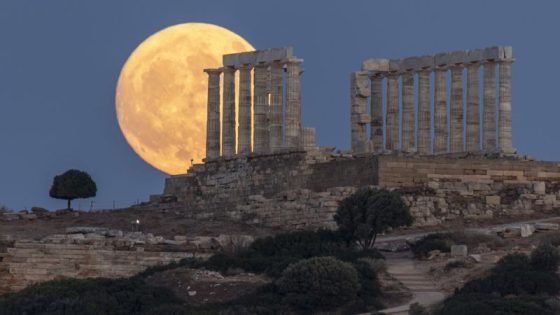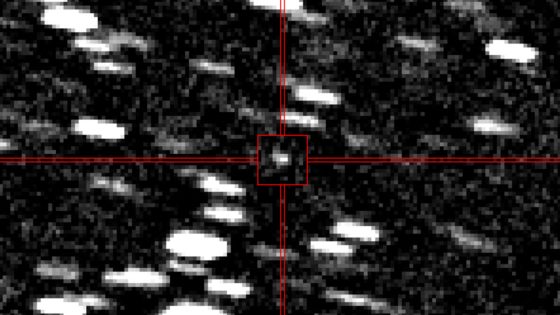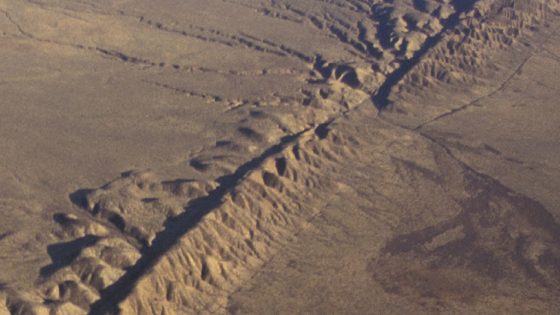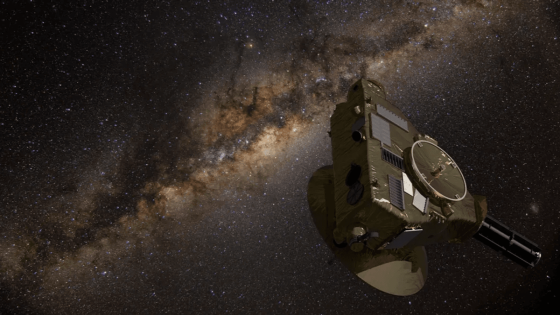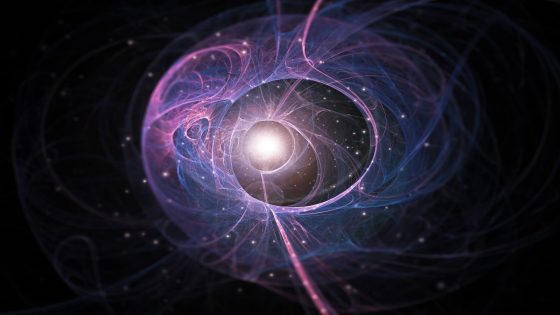This week, skywatchers can delight in the beauty of the full moon, also known as the buck moon, which reaches its peak illumination on July 9, 2025, at 4:37 p.m. ET. Although this moment occurs while the moon is below the horizon in North America, the best views will be available a few hours after sunset.
- Full moon peak on July 9, 4:37 p.m. ET
- July's full moon is called the buck moon
- Best viewing after sunset in unobstructed areas
- Mars and crescent moon visible on July 28
- Total lunar eclipse on September 7-8
- Partial solar eclipse on September 21
The full moon is a captivating sight, appearing nearly full for about a day on either side of its peak. This means that if you miss it on the 9th, you can still enjoy a stunning view on the nights of the 10th or 11th. Why is July’s full moon called the buck moon? It coincides with the season when male deer grow their antlers rapidly, marking a significant moment in nature.
As the buck moon illuminates the night sky, it raises an intriguing question: how do these lunar phases influence wildlife behavior? The full moon is known to affect animal activity, particularly in nocturnal species. Consider these points:
- Deer are more active during full moons, making them easier to spot.
- Many birds engage in molting during this time, as indicated by Indigenous names for the moon.
- The moon’s brightness can alter predator-prey dynamics at night.
As we continue to explore our universe, each celestial event offers a chance to deepen our understanding of lunar cycles and their impact on Earth. Don’t miss the chance to witness the wonders of the night sky!



